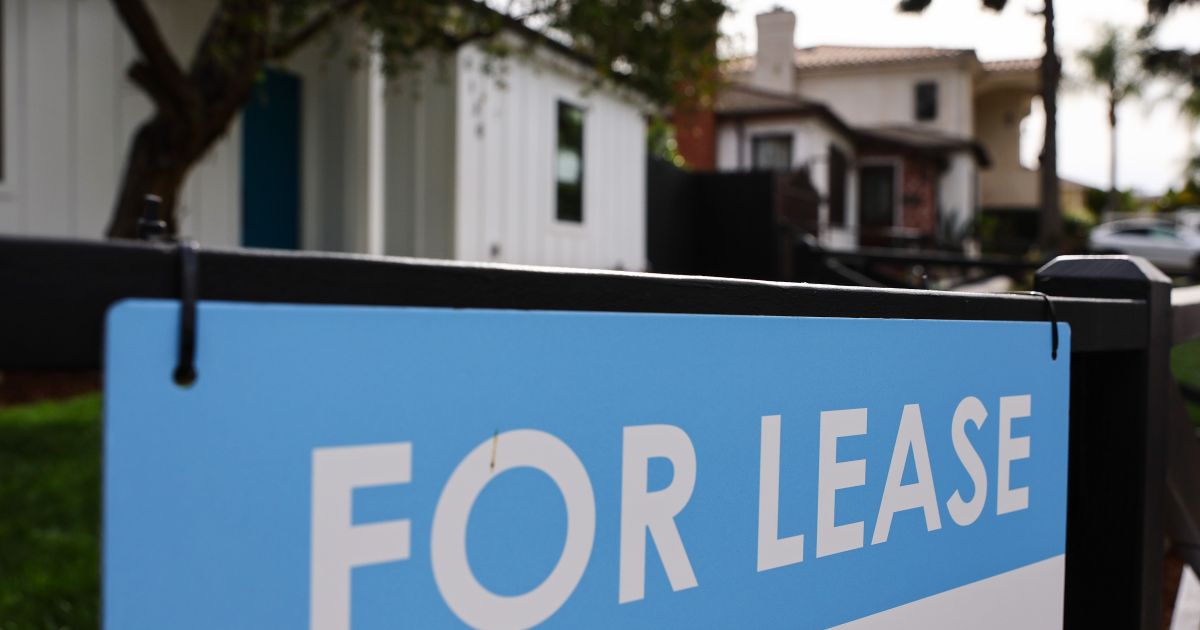If ever a year proved Benjamin Franklin’s adage that nothing is certain except death and taxes, 2025 would rank near the top. A substantial shift in U.S. trade policy and emerging global tensions are just a couple of events keeping capital markets off balance. That’s evidenced by nervous bond traders: In the first half of 2025, the U.S. 10-Year Treasury yield swung 140 basis points — dropping nearly 80, then rising 60 — before settling into a trading range of around 4.4 percent.
We can’t predict how the uncertainties will affect Wall Street or Main Street. But, as long-term investors, our thesis is not dictated by the economic mood of the day. In markets with attractive fundamentals and the underpinnings for growth, there continues to be a strong case for investment in single-family rentals (SFR) and build-to-rent (BTR) communities. That’s particularly true for new development, as a chronic housing shortage, rising home prices, and higher mortgage rates continue to fuel a need for reasonable rental alternatives and new housing options.
At the end of 2024, the housing supply gap stood at 3.8 million units, per the National Association of Realtors (NAR), and in today’s environment buying a home costs a household approximately 40 percent more than renting, according to John Burns Research & Consulting’s SFR Analysis & Forecast.

While the overall inventory of single-family homes for sale has increased 19 percent year-over-year, it remains 20 percent below pre-COVID levels. Nonetheless, it’s worth noting that softening new home sales have driven the inventory of new homes to increase meaningfully over the last year, per the Census Bureau. As a result, homebuilders have been reining in construction, particularly in the fast-growing Sun Belt. Nationwide, the median price for a new home slipped 2 percent in April from a year earlier. In contrast, existing home prices rose 3.4 percent annually in March, according to the S&P CoreLogic Case-Shiller Home Price Index, underlining the broader housing market’s resilience.
More than likely, the trends impacting the sales market for new homes are temporary. We view the pullback by homebuilders as evidence of discipline in the face of decreased pricing power. Looking ahead, we expect excess inventory to be gradually absorbed as the market adjusts, driving medium-term softness over the next 12 months, but likely without significant distress or major price drops.
For rental housing, a 40-year high in multifamily deliveries has contributed to softening — and in some markets, declining — rents, according to Redfin. But developers have slowed their pace drastically in the higher interest rate environment, with apartment starts plunging some 26 percent in 2024, according to the National Association of Home Builders. Over the same period, BTR home starts fell 60 percent, according to John Burns Research & Consulting’s 2025 outlook. Together, those declines are expected to create a rental housing vacuum in two to three years. In conjunction with slowing new-home construction, these trends will only worsen the structural housing shortage of nearly 4 million units.
Among the questions that remain is a rather important one: How will trade policy impact development and housing affordability? Current tariffs are estimated to raise materials costs by 4 to 7 percent, which translates to about a 1 to 3 percent increase in project costs, according to our math.
This is certainly an underwritable figure, and one we’ve been able to account for in our project pipeline. In fact, feedback from our homebuilding team at Marquis Homes indicates no tariff-related cost impact yet, aligning with reports from national builders. However, it’s premature to declare this will be the case long-term. It will be critical to proactively assess and manage procurement and construction value chains as the situation evolves.
Unfortunately, a permanent housing solution is nowhere in sight. NAR estimated that it would take more than seven years to fill the housing gap if home construction maintained its 2024 pace of 1.4 million starts relative to pent-up demand and household formation. Moreover, a confluence of factors, including permitting timelines and elevated interest rates, continues to constrain new supply.
For real estate asset managers like Lafayette, these dynamics offer an opportunity to ease the housing shortage by delivering new homes in undersupplied markets. We have high conviction that our pipeline of 1,500 lots slated for construction over the next few years will deliver into compelling supply and demand conditions. While domestic and geopolitical events may add an element of uncertainty, by focusing on healthy and expanding markets with strong fundamentals, SFR and BTR investors can mitigate risk, address housing needs, and position themselves for growth.
Thibault Adrien is CEO and founder of Lafayette Real Estate, an asset manager specializing in single-family rentals and build-to-rent.

